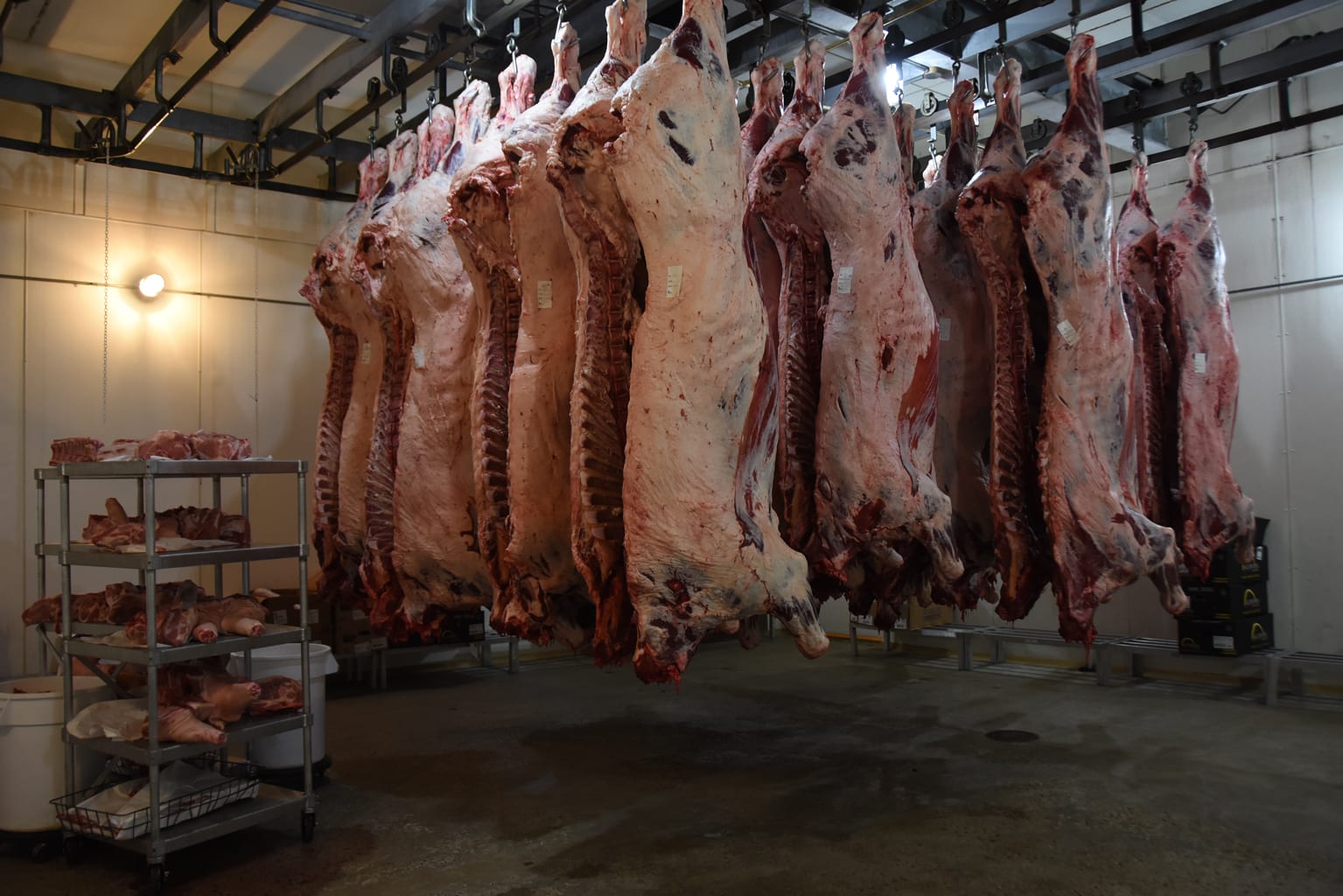Reveal the Art of the Butcher's Cut in a Modern Meat Market
In the ever-evolving landscape of contemporary meat markets, the butcher's cut has transcended its standard origins, merging olden craftsmanship with contemporary practices. Today's butchers are not merely cpus of meat; they are educated craftsmens that highlight sustainability and ethical sourcing. Their competence in choose and preparing cuts customized to certain culinary needs offers an unrivaled dining experience. Yet, what truly establishes the contemporary butcher apart is their capability to forge a much deeper link between customers and the beginnings of their meat. How do these masters equilibrium custom with innovation, and what implications does this have for the future of meat intake?
Development of Butchery Techniques
The development of butchery methods reflects an abundant tapestry of advancement and adaptation driven by innovations in modern technology, modifications in consumer need, and a deeper understanding of meat science. Historically, butchery was a craft gave with generations, with techniques developed over centuries to maximize yield and taste. Nevertheless, the industrial change ushered in automation, changing traditional practices and allowing large-scale processing.
The mid-20th century saw butchery methods additionally refined by clinical insights into muscle biology and meat aging, enhancing both inflammation and preference. Innovations like vacuum cleaner product packaging and refrigeration extended item shelf-life, allowing butchers to branch out offerings and boost quality control. This period additionally marked the increase of specialized devices, such as band saws and meat slicers, which boosted accuracy and performance in meat processing.

The 21st century has introduced digital technology into the butchery world. Digital systems currently assist in monitoring pet provenance and enhancing cuts to satisfy particular client choices. In addition, a resurgence in artisanal butchery has actually arised, mixing standard skills with modern expertise to cater to consumers looking for moral and sustainable meat options. This evolution emphasizes a vibrant interplay between practice and technology, conference contemporary demands while maintaining the craft's heritage.
Understanding Meat Cuts
Understanding the ins and outs of meat cuts is necessary for both butchers and consumers looking for quality and value. For butchers, specific cuts show ability and respect for the craft, ensuring marginal waste and optimal return.

Recognizing muscular tissue structure is important; muscles used extra often by the animal often tend to be tougher and are best suited for slow-moving food preparation methods, while less-used muscular tissues, like those discovered in the loin, are more tender and perfect for barbecuing or roasting. Experience with these differences empowers customers to make informed selections, improving their culinary ventures.
Selecting Top Quality Meat
Picking the right meat includes even more than just choosing an aesthetically visit their website appealing piece from the display screen. The art of choosing top quality meat requires a critical eye and knowledge of certain attributes that represent quality and excellence.
Second of all, consider the marbling, which refers to the white flecks of fat within the muscle mass. Correct marbling is an essential indication of tenderness and flavor, as it thaws during cooking, improving the meat's juiciness. Remember, greater marbling frequently correlates with superior high quality cuts, such as USDA Prime.
Structure is an additional essential element; meat must really feel firm to the touch, not slimy or excessively soft. In addition, bear in mind the aroma. Fresh meat should have a clean, neutral scent, devoid of any kind of sour or repulsive odors.
Matching Cuts With Food Preparation Techniques

Conversely, tougher cuts like brisket and chuck roast are abundant in collagen, which damages down into gelatin when cooked gradually. These cuts are ideal for braising or sluggish roasting, enabling the meat to soften over time and develop deep, complicated tastes. Cuts such as brief ribs and pork shoulder make out well with slow-cooking approaches, where extended cooking times transform their robust structures right into delicious recipes.
Lamb shanks and oxtail, which require prolonged cooking to tenderize, are ideal prospects for cooking or slow-moving simmering. These approaches coax out rich, passionate tastes while keeping dampness. By understanding the special characteristics of each cut, chefs and home chefs alike can elevate their culinary creations, making sure each recipe is both satisfying and remarkable.
The Butcher's Duty Today
Navigating the progressing landscape of the modern-day meat market, the butcher's role today extends beyond plain prep work of cuts. Contemporary butchers are culinary craftsmens, educators, and advocates for sustainable methods. They link the gap in between the farm and the fork by ensuring moral sourcing, comprehending animal husbandry, and prioritizing transparency in the supply chain. This change shows the growing customer need for high quality over quantity, where provenance and animal welfare are critical.
Along with crafting check these guys out precise cuts, butchers currently engage straight with customers, using cooking guidance and tailoring selections to fit private requirements and preferences. Their expertise in meat aging, marbling, and taste profiles encourages consumers to make informed choices, boosting their culinary experiences. This customized service exhibits the butcher's developing role as a trusted advisor in the cooking area.
Additionally, butchers are pivotal in minimizing waste, making use of whole pets to create varied products such as sausages and supplies. This extensive technique not just values the animal but likewise lines up with modern sustainability Web Site objectives. By doing this, the modern butcher embodies both practice and development, adjusting to an ever-changing market while maintaining the virtuosity and honesty of their craft.
Conclusion
Proficiency in recognizing varied meat cuts and quality indicators empowers butchers to supply educated recommendations, straightening details cuts with ideal cooking approaches. By recognizing historical techniques while accepting contemporary needs, the butcher's function remains essential in today's innovative meat market.